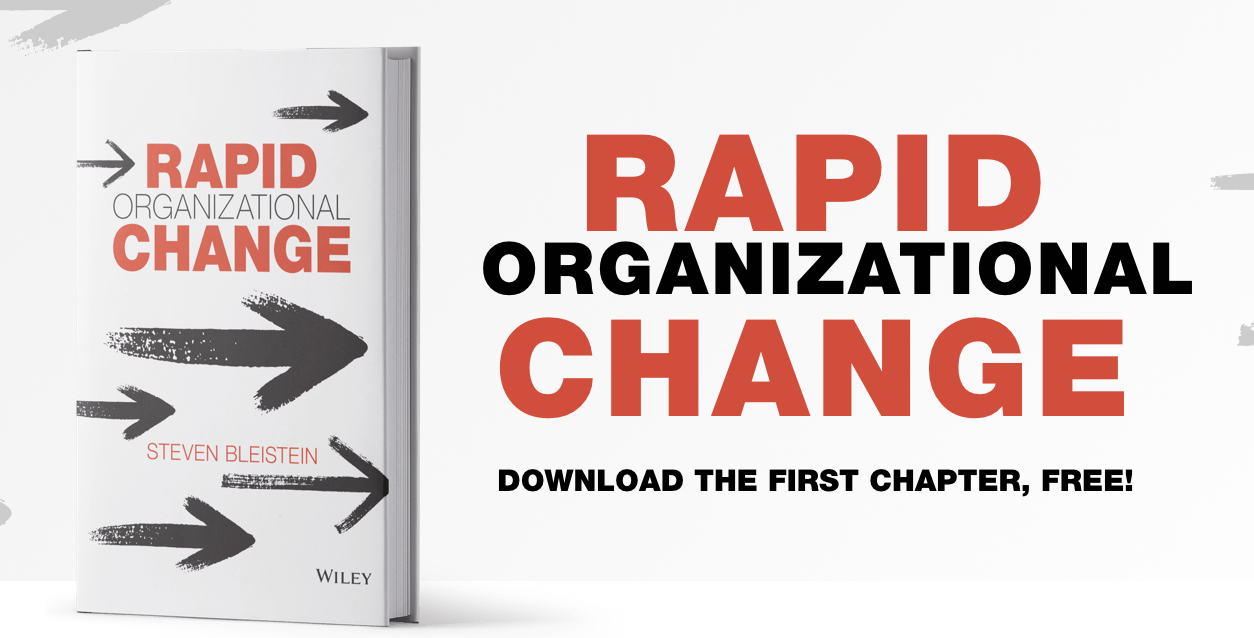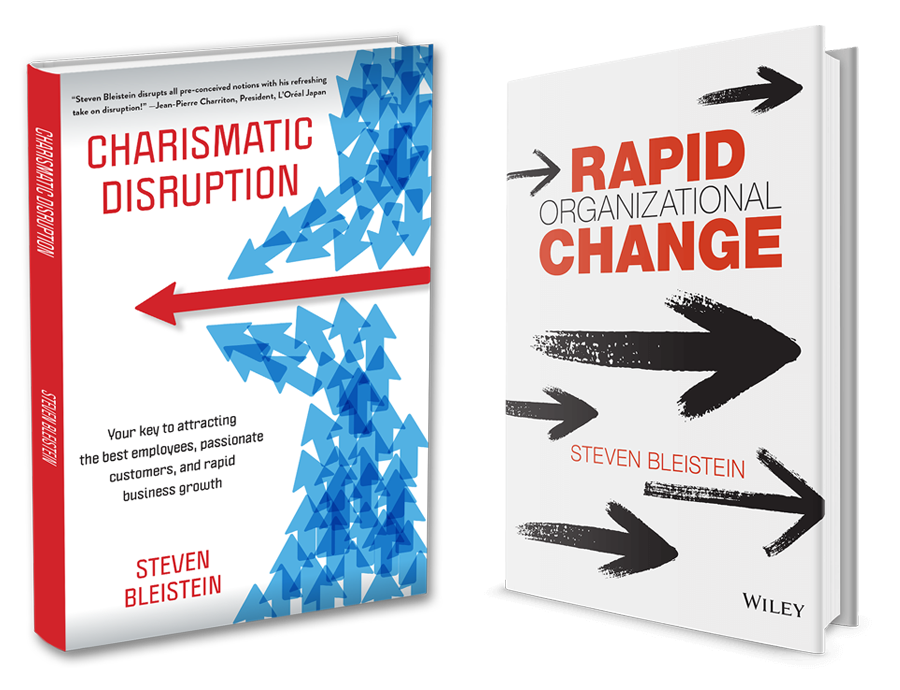All strategic plans are perfect on paper in a theoretical static world. However, no strategic plan ever survives confrontation with the ever-changing realities of business and your perception of them. A robust strategy is one that can adapt rapidly to change in the environment as well as to change in your understanding of that environment. Below are three behaviors and practices for robust strategy common to my most successful clients.
1. At least one internal team of people regularly plots against your business like a competitor.
You can take preventative action or plan for contingencies when you have an understanding of possible threats and risks to your business. Playing the role of determined competitors helps you achieve that understanding.
Overenthusiasm for a strategy, evangelizing strategy, and insisting on positive thinking and buy-in can result in being blindsided by foreseeable competitive threats. There is no reason both Kodak and FujiFilm could not have foreseen the rapid demise of film much earlier than they did. After all, their best employees are just as smart as the product developers at Nikon and Canon.
I was recently participating in an exclusive forum of company CEOs in which an industry expert suggested the blockchain technology could be used for greater data security. If I wanted to plot against Amazon and Google’s data storage businesses, this is what I would be looking at.
Managers at both those companies would be crazy to avoid thinking about how you would bring down their own business if nothing more than to be aware of credible threats to your business and have enough early warning either to mitigate them or eliminate them entirely. You would be too.
2. Strategy reviews include reassessing underlying assumptions, not just progress against KPIs.
A critical assumption upon which a strategy is based can turn out to be wrong, even if you got it right at the outset. Regular reassessment of assumptions can help avert a major failure, or at least provide early enough warning to mitigate damage.
As part of its strategy, a Japanese chemical manufacturer, whose plants are all located in Japan, decided to invest in building a factory in Southeast Asia based on an assumption that customers wanted Japanese quality products at a reduced cost. While that assumption might have been right at one time, they later found that customers wanted quality, but not necessarily Japanese standards. They realized only too late that customers were satisfied with a product that had good-enough quality at a lower cost, after having made a nine-figure investment in the plant that is unlikely ever to provide a net positive return.
Despite this disaster, in every strategy review convened at the Japanese company, KPIs for the new plant initiative were all tracking green—that is until the company went to market!
3. At least one part of the strategy is unprecedented and challenges industry or market norms.
There is no such thing as change management. You either make change yourself or otherwise change makes you.
The CEO of a large retail chain in Japan dedicated one team of managers to identify new products and develop new marketing approaches whose risk of failure were high, but potential return for the business was also substantial. A portion of the budget was always set aside for these initiatives with the understanding that most would likely fail. Enough succeeded to make the initiatives worthwhile. At the same time, learning from both the successes and failures help improve other parts of the business to achieve better results when it comes to execution in other parts of the strategy.
One of my most successful clients regularly abandons ten percent of their business, no matter how successful, in order to make room for new growth.
Nothing makes your business more resilient than forcing a degree of change upon it, whether needed or not, with regular discipline. Click To TweetHow does your company develop and execute strategy?
If all three of the behaviors and practices above describe your company, then your company likely has a consistently robust strategy and is achieving excellent business results.
If your company does two of the three, then your company likely has only capricious robustness in strategy and inconsistent business performance. Most managers likely handle change in the business environment with a degree of aplomb, whereas others are tentative to act.
If your company does only one or none, then your company’s strategy is likely fragile. Most managers are likely resistant to change and slow to adapt. When business results fail to meet targets, it is likely that most managers rarely examine their own business practices and instead blame factors and failures in the market, economy, or others in their own company—such as people marketing, research and development, production, etc.
Where does your company stand and what do you think you ought to change?



